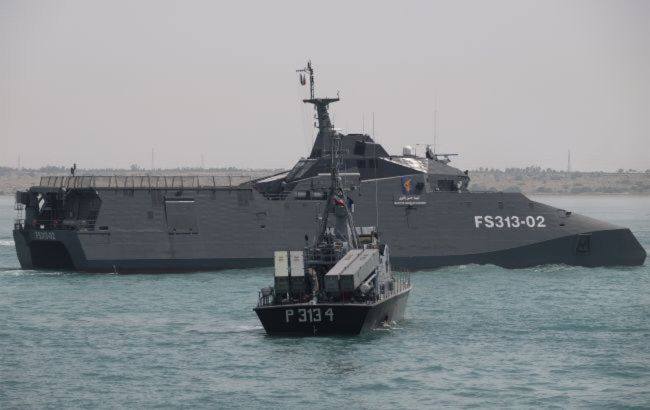Norway orders frigates from Britain to counter Russian maritime threats
 Illustrative photo: warship (Getty Images)
Illustrative photo: warship (Getty Images)
Norway is investing £10 billion in five British frigates to strengthen its fleet in Northern Europe, according to Sky News.
Norway’s Ministry of Defence has announced the signing of a major agreement with the United Kingdom to purchase five state-of-the-art warships worth £10 billion.
The deal covers Type 26 frigates, currently being built in Glasgow, designed for anti-submarine warfare and to strengthen the defense of NATO’s eastern flank.
This order is part of a broader plan to establish a fleet of at least 13 anti-submarine vessels in Northern Europe, which will operate closely in coordination with allies.
UK Defence Secretary John Healey described the agreement as a deepening of the strategic partnership with Norway, stressing that together with Norway, they will train, act, deter, and, if necessary, fight.
Norwegian Prime Minister Jonas Gahr Støre said his country urgently needs new ships, pointing out that Norway faces the most serious security situation since World War II. He also highlighted the growing importance of protecting undersea cables and critical infrastructure amid Russia’s war against Ukraine and its aggressive regional actions.
Beyond defense, the agreement has a significant economic impact, supporting around 2,000 jobs at BAE Systems and another 2,000 across related industries.
UK Prime Minister Sir Keir Starmer emphasized that the contract both strengthens national security and creates well-paid jobs, from apprentices to engineers.
What to know about Type 26 frigates
The British Type 26 frigates ordered by Norway are multi-mission warships optimized for anti-submarine warfare (ASW).
Developed by BAE Systems and built in Glasgow, the ships feature advanced anti-submarine and anti-air defense systems, can launch cruise missiles, and are capable of long-duration missions on the open sea. They include a hangar and flight deck for Merlin or Wildcat helicopters, as well as drones.
With their low-noise design, the frigates are highly effective in detecting hostile submarines, while their versatile weapons systems enable them to conduct a wide range of NATO operations. Australia and Canada have also placed orders for Type 26 vessels, underscoring their strategic importance.
Three NATO countries have announced plans to increase their presence in the Black Sea in response to the threat from Russia.
In addition, Ukraine recently invited Bulgaria to join the Black Sea demining initiative. According to Ukrainian Defense Minister Denys Shmyhal, the main goal of the effort is to ensure safe and unhindered navigation.

